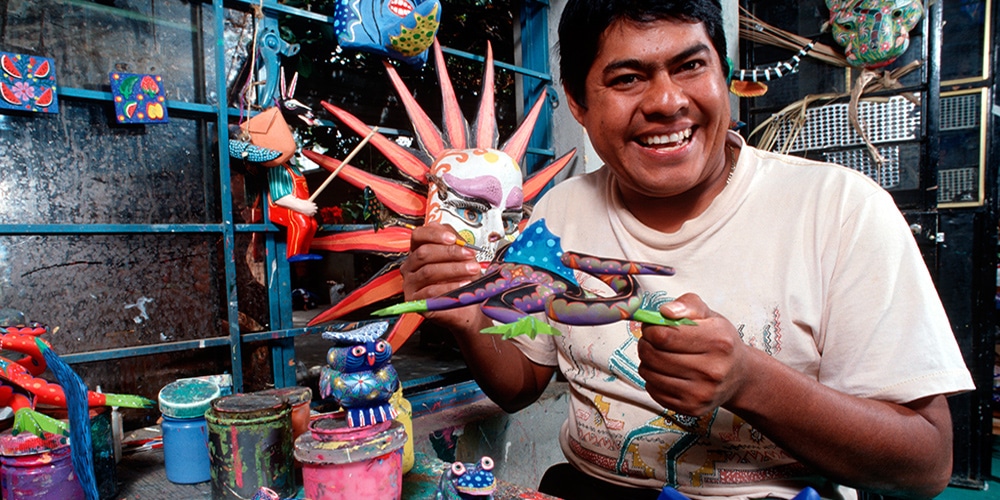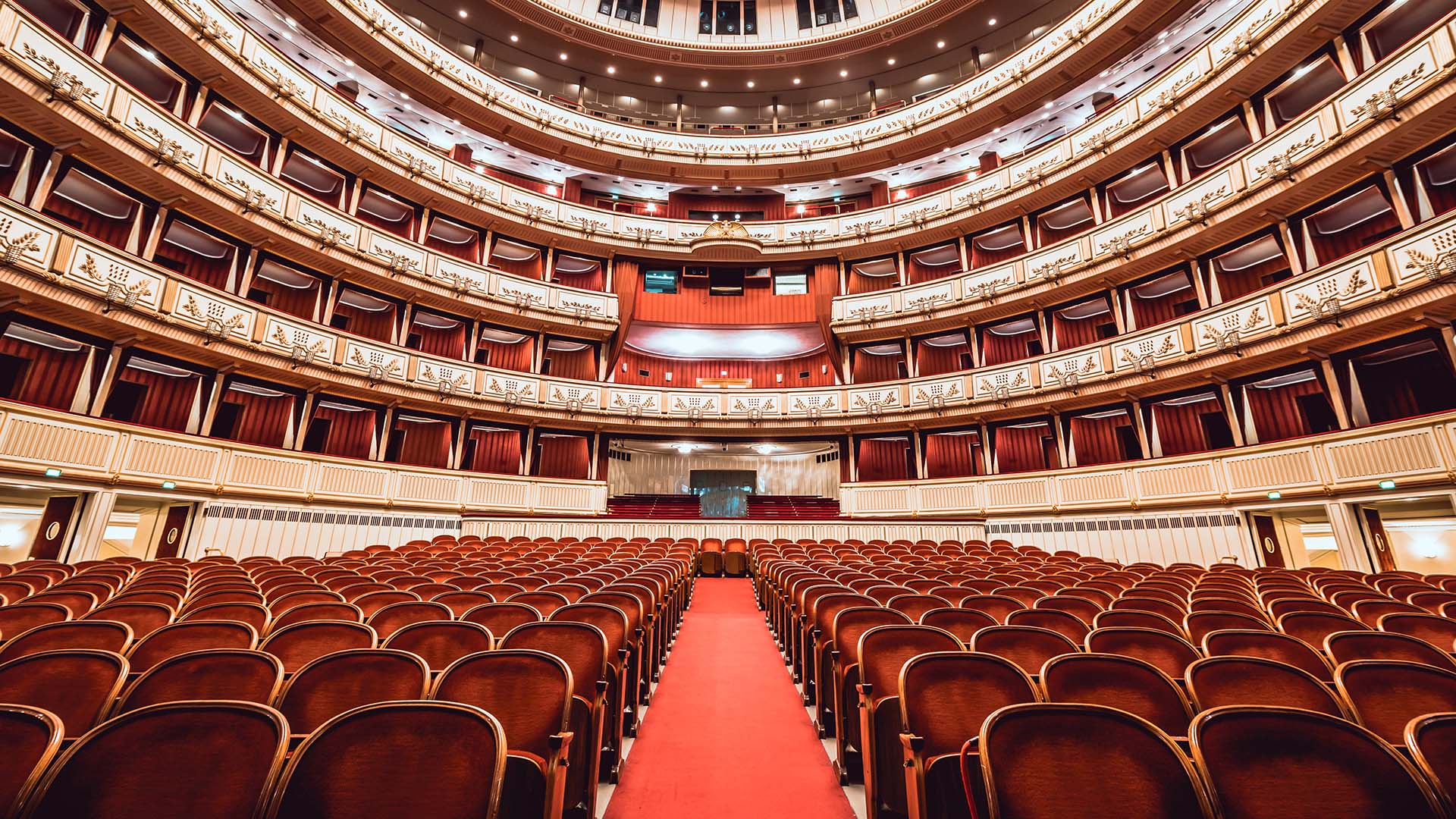
A vendor shows his wares at the market in Oaxaca, Mexico. (Photo: Alamy)
Culture + StyleA Beginner’s Guide to South America’s Most Authentic Markets
By Flor PodestaIn those places where South America’s indigenous populations live, exchanges for goods and services take place at weekly markets, known locally as mercados. The best time to see and better yet, join, these transactions in real time is on market day — a lively event at the heart of social and economic life in these villages.
As in all ancient markets, haggling is expected and is part of a ritual in which the seller and buyer get to know a little about each other. Rumor has it that if you automatically accept the first price they give you, you’ll be paying double — get ready to sharpen your bargaining chops.
Tlacolula Market; Oaxaca, Mexico
On Sundays at dawn, the colonial streets of the village of Tlacolula become the largest and oldest open-air market, known as a tianguis, in the state of Oaxaca and one of the oldest in Mesoamerica. For over 10 centuries, thousands of artisans from all over the Sierra Madre de Oaxaca have gathered every Sunday in this Zapotec village.
Vendors sell all manner of goods, like household utensils, shoes, cups with delicate drawings of animals, tools for the field, fruits, vegetables, flowers, herbs, spices and Tlacolula’s famous pan de yema, or yolk bread.
Oaxaca is renowned in Mexico — and around the world — for its production of artisan textiles. Visitors can buy shawls, dresses, blouses, shirts, tablecloths and other goods embroidered with yarn from Mitla and Santo Tomás Jalieza.
Otavalo Market, Ecuador
Just two hours from Quito, Otavalo is located in a spectacular landscape: a green cultivated valley near volcanoes and the towering Imbabura and Cotacachi mountains and Mojanda lake. Apart from its stunning natural surroundings, Otavalo is home to the world’s most famous indigenous market.
The best day to visit is on a Saturday, when the market takes over the city streets from the Plaza de los Ponchos. The market’s craftsmen work mainly with raw materials such as seeds, beads, wood, metals, leather and wool, to make musical instruments such as the siku and the rondador (a flute), jewelry, hats (including fedoras and Panama hats), woodcarvings and dolls.
The most abundant and creative crafts are woven textiles, sewn and embroidered by hand. Visitors will find blouses, scarves, tablecloths, bags, coats, hammocks and rugs of hand-embroidered or woven llama or alpaca wool, in all shapes and sizes, in thousands of colors and textures, all dancing in the Andean wind.
Chichicastenango Market, Guatemala
If this market’s name sounds familiar to the ears of travelers, it’s because while this is largely an indigenous market, today the large space is also devoted to selling items most coveted by foreigners: crafts made of textiles or wood, both new and antique.
Since its inception, the village’s market — known locally as “Chichi” — attracts people from neighboring indigenous villages and across the world. Taking a stroll through its vibrant corridors you will come to realize that the Mayas are brilliant artists. Fabrics are hand woven on backstrap looms and embroidered with beautiful and subtle designs. From flowers and animals to human figurines and geometric shapes and different representations of corn and combinations of colors, every item is the product of unwavering imagination.
You will find huipil shirts, tablecloths, bedspreads, bags, belts and also shoes and leather sandals, toys, furniture and wooden masks. Don’t be afraid of secondhand items; they remain in perfect condition, woven to last generations.







